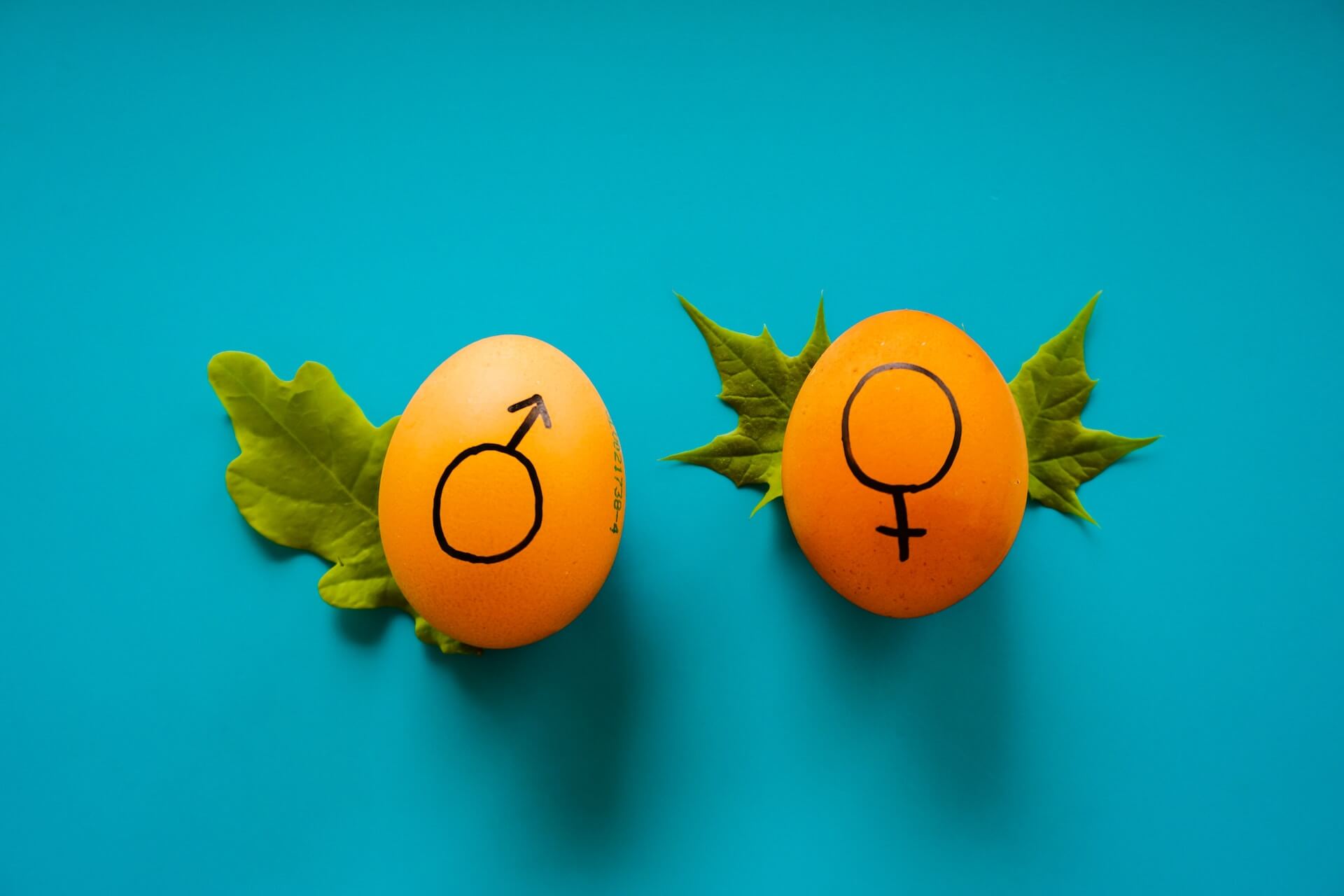Around 25% of the world’s languages have a system of grammatical gender and categorise nouns as masculine or feminine.

Some also have a neuter category. Russian has all three genders, whereas modern English has lost these inflectional categories. English and Russian deal with gender in very different ways and this leads to frequent mistakes when we try to learn each other’s languages. Therefore, it is worth spending a little time to consider this issue and examine where errors might occur.
Although grammatical gender has little (if anything) to do with biological gender, English speakers studying Russian are often perplexed by gender and tend to see it too literally. They often ask questions like: “Why do Russians think the moon (луна) looks like a woman?!”, “A table (стол) has 4 legs and a man has 2 – what do they have in common?!” or “Why don’t they just call everything ‘it’?!” To us, Russians seem obsessed with gender and this is a thorn in the side of every student who has to learn not only the three gender categories of nouns, but also numerous pronouns, determiners, case endings, adjectival forms, etc. in order to meet the rules of agreement in the language.
Russian version: “Анна любит своЕГО двоюроднОГО братА, который живет в большОМ домЕ.”
English version: “Анна любит ее двоюродный брат, который живет в большой дом.”
English Translation: “Anna loves her cousin (no gender indicated) who lives in a big house.”
If we change the masculine nouns “брат” (brother) and “дом” (house) to the feminine “сестра” (sister) and “палатка” (tent!), all of the endings will have to change too, except the singular prepositional case ending on дом/палатка (“е”) which is the same for masculine and feminine nouns! Grammatical gender makes Russian a more difficult language to learn for native English speakers.
From the Russian perspective, English appears to ignore gender almost entirely – referring to everything with a cold, heartless “it”. If you tell a Russian you have a cat, they will want to know whether it is “кот” (tom cat) or “кошка” (pussy cat). When you get home from the cinema and say you were there with a friend, a Russian will press you for details on their gender (друг or подруга – I have to know!). English speakers are often uninterested in this information or simply guess the gender from the context. Russians may find it odd that English speakers can even refer to a baby as “it” if they don’t know the gender of the child. The Russian desire to attach gender to English nouns can create problems, for example:
In American English, some uses of the term “girlfriend” to refer to “a girl who is your friend” are possible but in British English the above example would indicate the girl’s sexual orientation (lesbian). If you are Russian and insist on specifying the gender of the friend, you can use a construction like: “I went to the cinema with my friend Masha.” – using the person’s name to indicate their sex. This is obviously of limited use because some male and female names are the same, but don’t say “girlfriend” or “boyfriend” unless you mean “more than just friends”!
Russians also have a tendency to use “he” and “she” sometimes to refer to English nouns that would be masculine or feminine in their own language. These mistakes seem to appear more frequently when a Russian speaker isn’t concentrating and lapses into following their language instinct rather than using the usual English “it”. However, there are some isolated cases where we can use gender for non-human subjects in English. A beloved cat or dog might be personified and referred to as “he” or “she”. Cars, motorbikes, ships (“boy toys” that are loved with great affection) and countries can sometimes be referred to using feminine pronouns.
“Look at my new BMW! Isn’t SHE a beauty?”
“America and HER allies are meeting in Washington.”
“The Titanic sank on HER maiden voyage.”
Modern English does still have what is called “natural gender” in some nouns and pronouns (e.g. he/she) which specifically refer to people or animals of one or another sex. Objects that do not possess these features take the sexless pronoun “it” (most common in English). Common gender nouns can use for male or female subjects. Here are some examples of each category:
Masculine: man, king, hero, actor, boy, lion
Feminine: woman, queen, heroine, actress, girl, lioness
Neuter: window, book, table, floor, sky, hand, tree
Common gender: member, friend, student, applicant, child, teacher
English has also retained various nouns that refer specifically to a male or female version of the same person, animal or object. Below is a short list:
| Masculine | Feminine |
| Nephew | Niece |
| Prince | Princess |
| Bull | Cow |
| Emperor | Empress |
| Monk | Nun |
| Uncle | Aunt |
| Son | Daughter |
| Drake | Duck |
| God | Goddess |
| Host | Hostess |
For more on Russian mistakes in English see:
Russian mistakes in English: singular vs. plural
Russian mistakes in English: prepositions